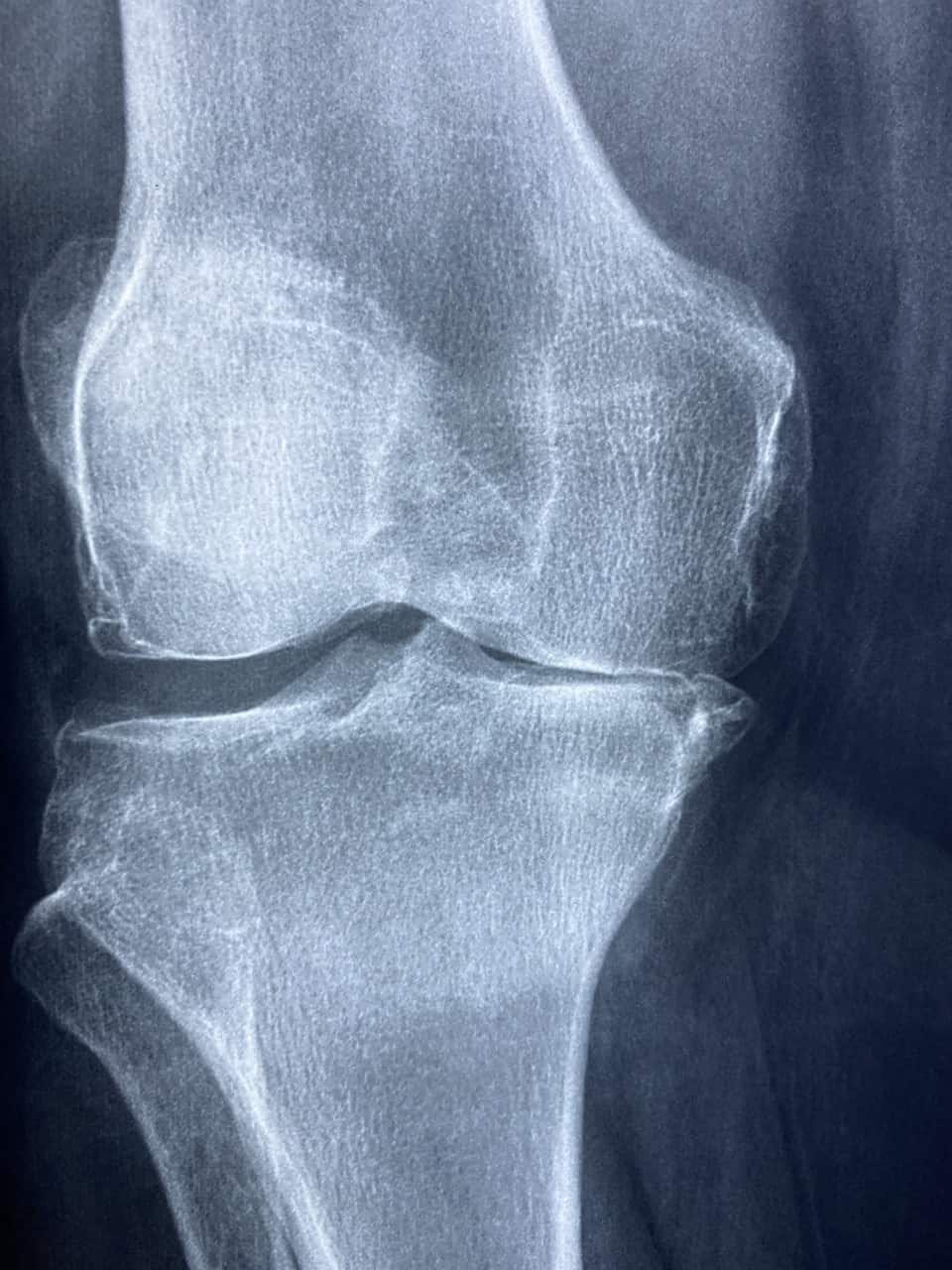
The Connection Between Rheumatoid Arthritis and Fibromyalgia
May 20 is World Autoimmune Arthritis Day and the whole month of May is Fibromyalgia Education and Awareness Month. Let’s take this time to explore the connection between rheumatoid arthritis and fibromyalgia, as many of our patients in hospice care in San Francisco and elsewhere suffer from one of these two conditions. Let’s go over each disease and then make the connection between the two.
Rheumatoid Arthritis
Rheumatoid arthritis affects 1.3 million Americans, most of whom are women. This autoimmune disease means your immune system is under attack by your own body. Under normal circumstances, your body would safeguard you against foreign substances like viruses and bacteria that can seep into the joints. This invasion leads to inflammation, pain, swelling, and stiffness, making the joints unable to move normally.
Some of the signs of RA are, according to the CDC:
- Joint pain or aches
- Same symptoms on both sides of your body (such as both knees or both hands)
- Stiffness
- Tenderness and swelling
- Fatigue
- Weight loss
- Weakness
- Fever
There are a multitude of genetic and environmental factors that can determine your risk level for RA:
- Age: Adults over 60 have the highest occurrence.
- Gender: RA is 2x to 3x more common in females.
- Genetics: People with genes called HLA (human leukocyte antigen) tend to have worsening cases of arthritis, a risk that’s even higher when obesity or smoking are involved.
- Smoking: Smoking increases the risk and can also worsen pre-existing conditions.
- History of live births: Women who have given birth in the past have a lower risk of RA.
- Early Life Exposures: Early exposure to risk factors tends to increase the risk of RA later on in life.
- Obesity: Overweight people have a higher risk.
There may not be a cure, but you can get treatments that could alleviate discomfort, such as:
- Non-steroidal anti-inflammatory drugs (NSAIDs) decrease inflammation and pain.
- Corticosteroids to decrease inflammation.
- Disease-modifying antirheumatic drugs (DMARDs): While they slow the progression of RA, side effects can result.
- Biologic Response Modifiers to bolster immune systems that don’t do well with DMARDs.
- Lifestyle changes such as rest and exercise, and dietary changes such as reducing intake of gluten and sugar and increasing omega-3s.
Fibromyalgia
About four million U.S. adults suffer from fibromyalgia, a disorder characterized by musculoskeletal pain all over the body, as well as fatigue, memory, sleep, and mood issues. This disease tends to amplify painful sensations by impacting how our brain and spinal cord process painful and non-painful signals, says the Mayo Clinic.
Most times, symptoms gradually develop over time and usually have no single triggering event. Women are more likely to have fibromyalgia than men. Sufferers of both genders may have tension headaches, irritable bowel syndrome, temporomandibular joint (TMJ) disorders, anxiety, and depression. The top symptoms of fibromyalgia include:
- Widespread pain, usually described as a constant dull ache that lasts for three months or more and occurs on both sides of the body.
- Fatigue: Those with fibromyalgia wake up tired, even though they seem to get enough sleep all night long. However, their sleep is typically disrupted by pain, not to mention other sleep disorders, such as sleep apnea and restless legs syndrome.
- Cognitive difficulties, such as “fibro fog” which impairs our ability to pay attention, focus, and concentrate on mental tasks.
The Link Between RA and Fibromyalgia
Did you know that 20 to 30 percent of people who have RA also have fibromyalgia? It’s true that having inflammatory types of arthritis will increase the risk of fibromyalgia, mostly due to the chronic pain itself. This pain causes your brain to be highly sensitized to things that obviously hurt as well as things that aren’t usually painful.
According to the Arthritis Foundation, this hypersensitivity makes arthritis pain worse, creating widespread pain and other symptoms like fatigue, even when you have your arthritis well under control. Those with fibromyalgia have pain receptors that fire off all the time. It’s tiresome to fight that pain, which leads to fatigue yet unrefreshing sleep, as well as cognitive problems. Chronic pain elevates symptoms.
Once a patient is diagnosed with RA or lupus, rheumatologists automatically connect the fatigue and pain to the autoimmune disease, often over-treating the patient with biologics or disease-modifying drugs because symptoms like memory problems and fatigue are present even after joint inflammation has been reduced. Persistence of those symptoms could mean the patient has both RA and fibromyalgia. This is why the connection often isn’t made right away, with so many similar symptoms. Be persistent and be sure to notify your doctor of all symptoms you are feeling.
Contact Pathways Home Health and Hospice
Our caregiving team can comfort those with rheumatoid arthritis and fibromyalgia within our hospice program. To learn more about what we do, contact us at 888-978-1306. We would be happy to clue you into the many helpful resources we have for patients and their family members.

